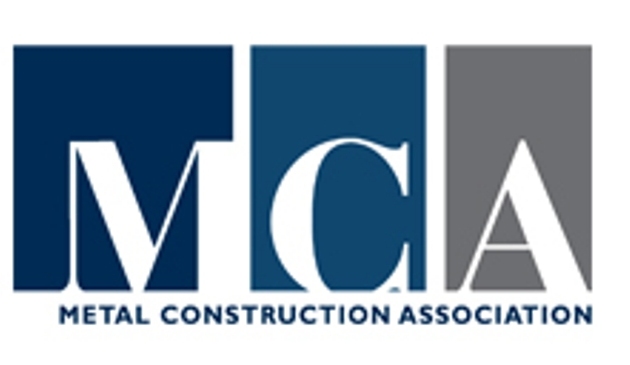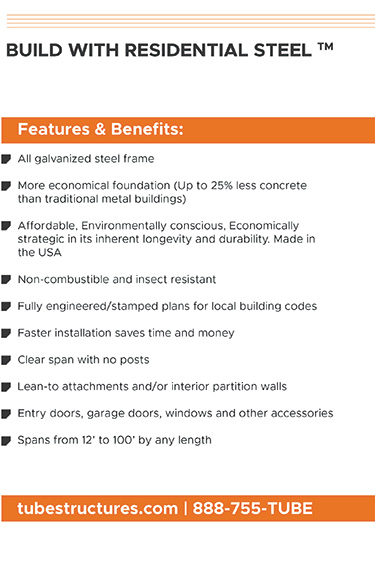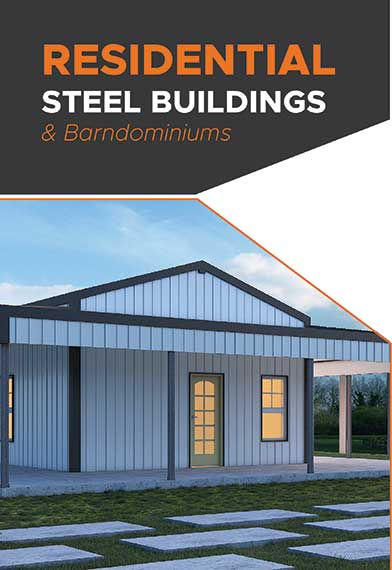MCA updated its technical bulletin, “Lightning Strikes and Metal Roofs”
- April 18, 2021
- Posted by: Alan Hageman
- Category: News

In support of Lighting Safety Awareness Week (June 24- 30th), The Metal Construction Association (MCA) has updated its technical bulletin, “Lightning Strikes and Metal Roofs”, downloadable at www.metalconstruction.org.
This document addresses a common misconception of metal roofs attracting lighting more than other roofing materials.
“Research shows that the material used in roof construction does not influence the risk of a lightning strike,” says Karl Hielscher, MCA’s executive director. “In fact, the presence of a metal roof really shouldn’t statistically increase or decrease the chances of a lightning strike. There are many other factors that influence the actual chance of a lightning strike.”
Factors that do affect the risk of lightning striking a building include the topography on which the building sits, the height and size of the building, and the frequency and severity of storms in the area. The material used to construct the roof is not a significant factor in determining where lightning will strike.
“Metal roofs do not attract lightning, nor do metal roofs protect buildings against it,” Hielscher clarifies.
What happens when lightning strikes a building? If construction materials are electrically conductive, the electrical charge will pass through these materials and not build up heat through material resistance. The threat of fire and explosion are both reduced, thus reducing the threat to human life. Furthermore, if the construction materials are noncombustible, such as a metal roof, the threat of damage due to fire is reduced.
NFPA 780 is a standard that provides information on the materials and installation of lightning protection systems used to safeguard people and property from fire risk and related hazards associated with lightning exposure.
“As a noncombustible material, a metal roof may even be a more desirable construction option,” Hielscher concludes.


